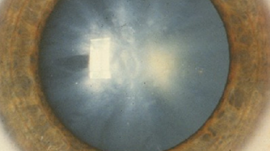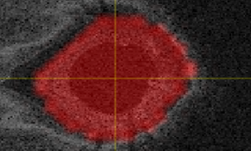A group of Chinese ophthalmologists and scientists developed a deep learning algorithm to identify congenital cataracts, a rare eye disease responsible for nearly 10 percent of all vision loss in children worldwide.
The researchers suggest the algorithm would assist humans, instead of replacing them.
“For doctors, technology is not sufficient to determine the best course of treatment with 100 percent certainty, and doctors should therefore make good use of the machine’s suggestion to identify and prevent the potential misclassification and complement their own judgment,” said study co-author Haotian Lin, a professor of ophthalmology at Sun Yat-sen University. “The results of our comparative analysis showed that both artificial intelligence and human intelligence have strengths and limitations.”
Using CUDA, TITAN X Pascal GPUs and the cuDNN-accelerated Caffe deep learning framework, the researchers algorithm was able to catch the disease with more than 90% accuracy.
They used three different convolution neural networks for the cataract recognition task – the first is used for screening patients from the general population, the second is used for “risk stratification” among cataract patients and the third is used in assisting ophthalmologists with treatment decisions. All three are then used for their cloud-based platform called CC-Cruiser which provides results to the ophthalmologist in 15 seconds along with the appropriate treatment recommendation.
“Currently, our agent has been used in three non-specialized collaborating hospitals to further validate the feasibility of real-world clinical implementation,” Lin said. “However, due to the need to respect and protect human life, medical fields always hold conservative and cautious attitudes when facing cutting-edge technology. Further rigorous clinical trials were still needed before we put the AI into regular clinical practice.”
AI Algorithm Diagnoses Rare Eye Condition
Jan 31, 2017
Discuss (0)

Related resources
- GTC session: Revolutionizing Vision AI: From 2D to 3D Worlds
- GTC session: Creating AI-Powered Hardware Solutions for Medical Imaging Applications
- GTC session: How Artificial Intelligence is Powering the Future of Biomedicine
- NGC Containers: RIVA ASR NIM
- NGC Containers: MATLAB
- NGC Containers: GenAI SD NIM









